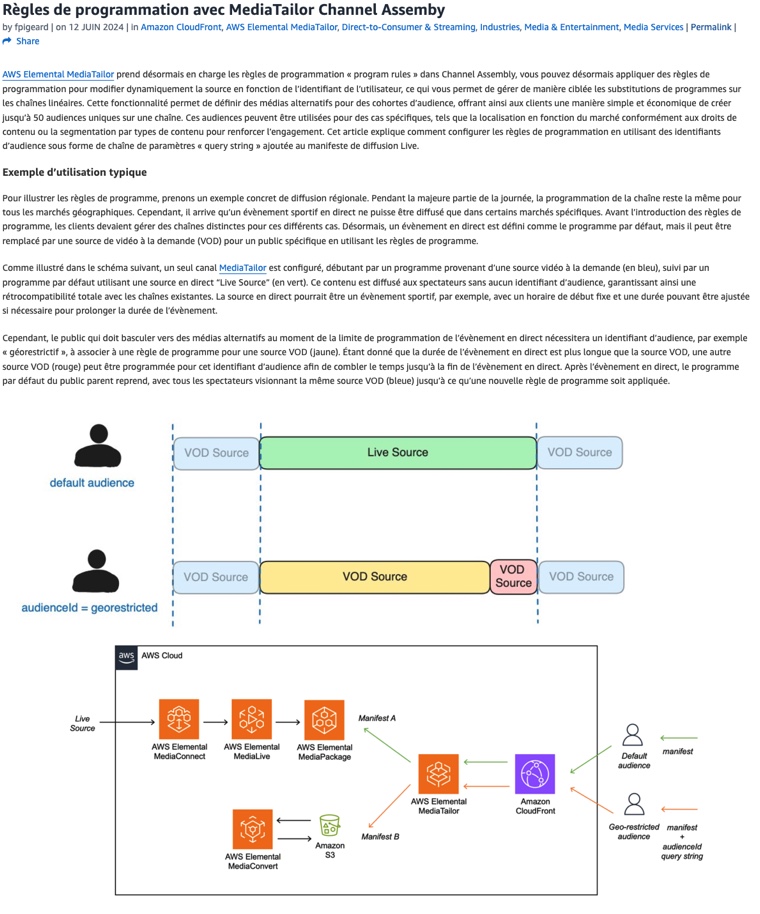“In the long run, the partnership with AWS is mostly one way. Amazon partners often end up as little more than a 'stepping stone' for their customers to jump on the AWS wagon. While partners bring their innovations and customers to AWS, it’s Amazon that truly reaps the long-term rewards”This approach is not new for AWS. When AWS first launched its cloud business, it ironically did so in response to its Oracle supplier abruptly raising prices. Amazon pivoted and started developing its own cloud infrastructure on its desktop PCs, launching AWS as a way to solve its internal problems and gain independence. This bold move is reminiscent of what we’re seeing today with Broadcom and VMware, where escalating supplier costs can force companies to innovate and build their own solutions to avoid dependency
The Risks for Partners: The MediaKind Example
One cautionary tale is that of MediaKind, which partnered closely with Microsoft. When Microsoft took a significant stake in the company, MediaKind was encouraged to push its customers to switch to Azure Media Services. However, when Microsoft discontinued Azure Media Services, MediaKind was left in a difficult position. They had built their strategy around a partnership, only to find themselves scrambling for alternatives once Microsoft moved on. This example highlights the danger of relying too heavily on a tech giant whose strategy may shift at any time.The Elephant in the Room: Streaming Industry Silence
Despite the risks, few companies are willing to share these experiences publicly. Many are reluctant to criticize AWS openly, fearing that it may close doors for future opportunities, especially since many customers explicitly request AWS support. However, it's crucial to understand the limited benefits of being an AWS partner, as the partner’s role is often reduced to generating more revenue for AWS rather than seeing substantial growth for themselves.
iReplay.Tv introduced unlimited user-personalized channels in 2016. A similar feature (but limited to 50 channels) was introduced in 2024 by AWS Elemental Mediatailor as described here. At iReplay, we have deliberately taken a different approach. We’ve avoided integrating AWS into our core technologies, except when required by specific customer needs. However, this hasn’t stopped AWS from gradually rolling out AWS Elemental MediaTailor from 2020, a service that has increasingly incorporated features we’ve offered since 2014. Some of the people driving MediaTailor were once interested in becoming shareholders of iReplay.TV back in 2016 before they joined AWS Elemental. Now, under AWS’s banner, they are are promoting services that closely mirror our offerings. What’s important to note is that AWS’s objective isn’t just to sell MediaTailor’s features but to make related services like 'cash-cow' Cloudfront, S3 and other Elemental products almost mandatory for users, thereby embedding AWS even deeper into their workflows